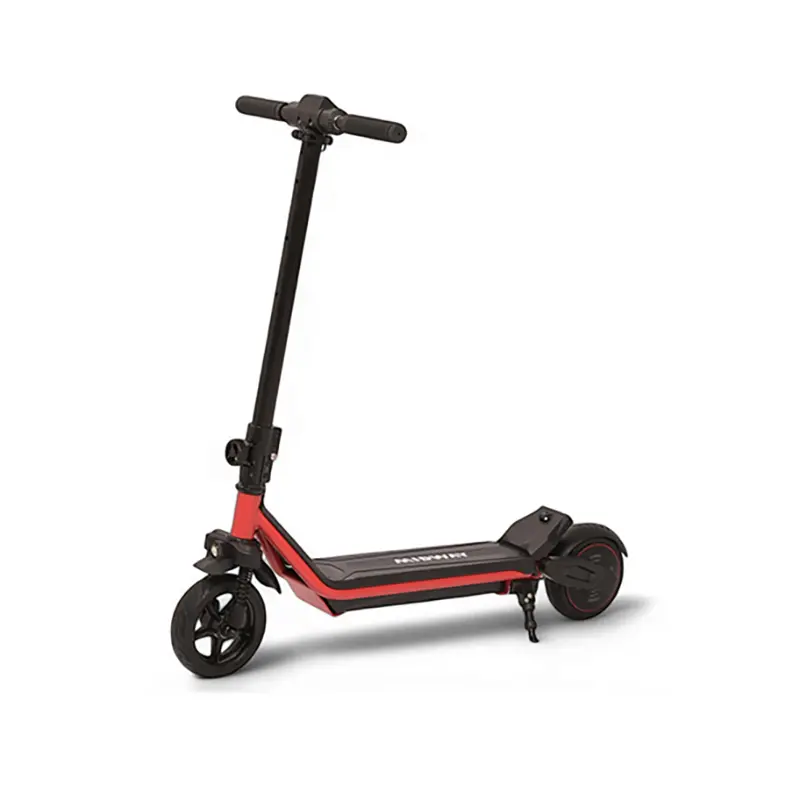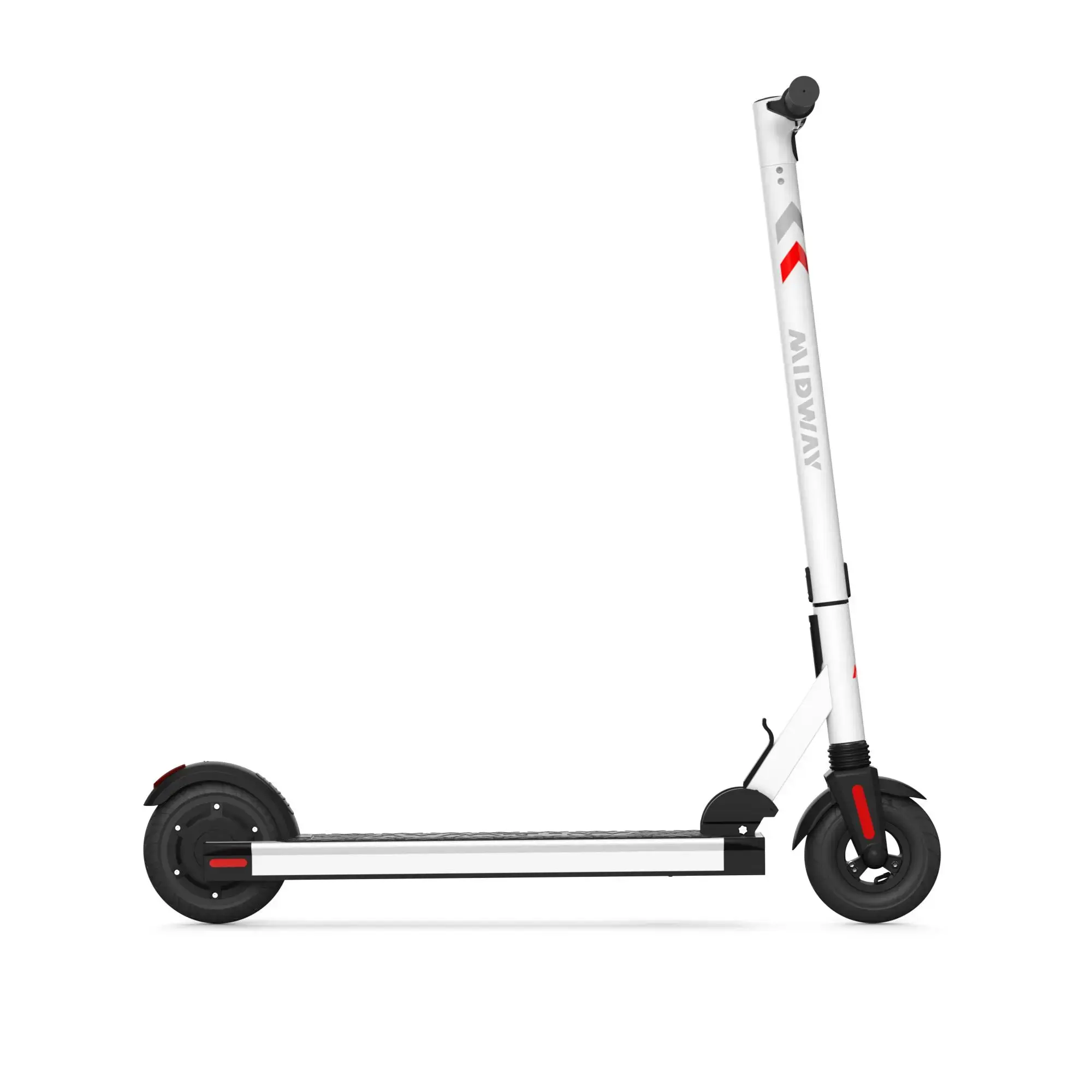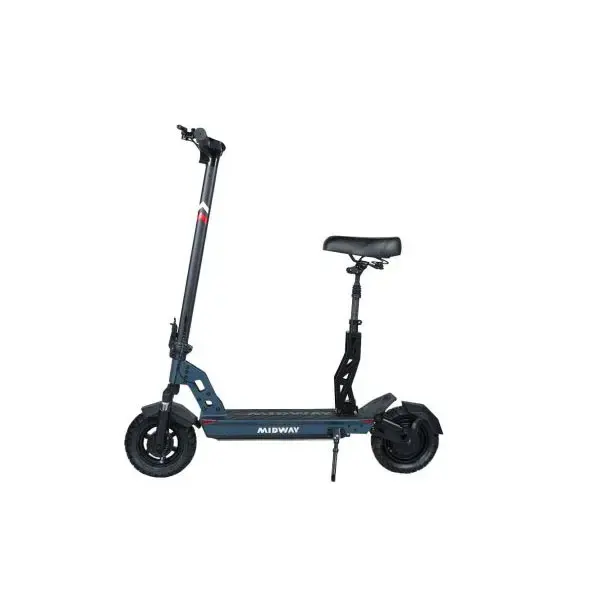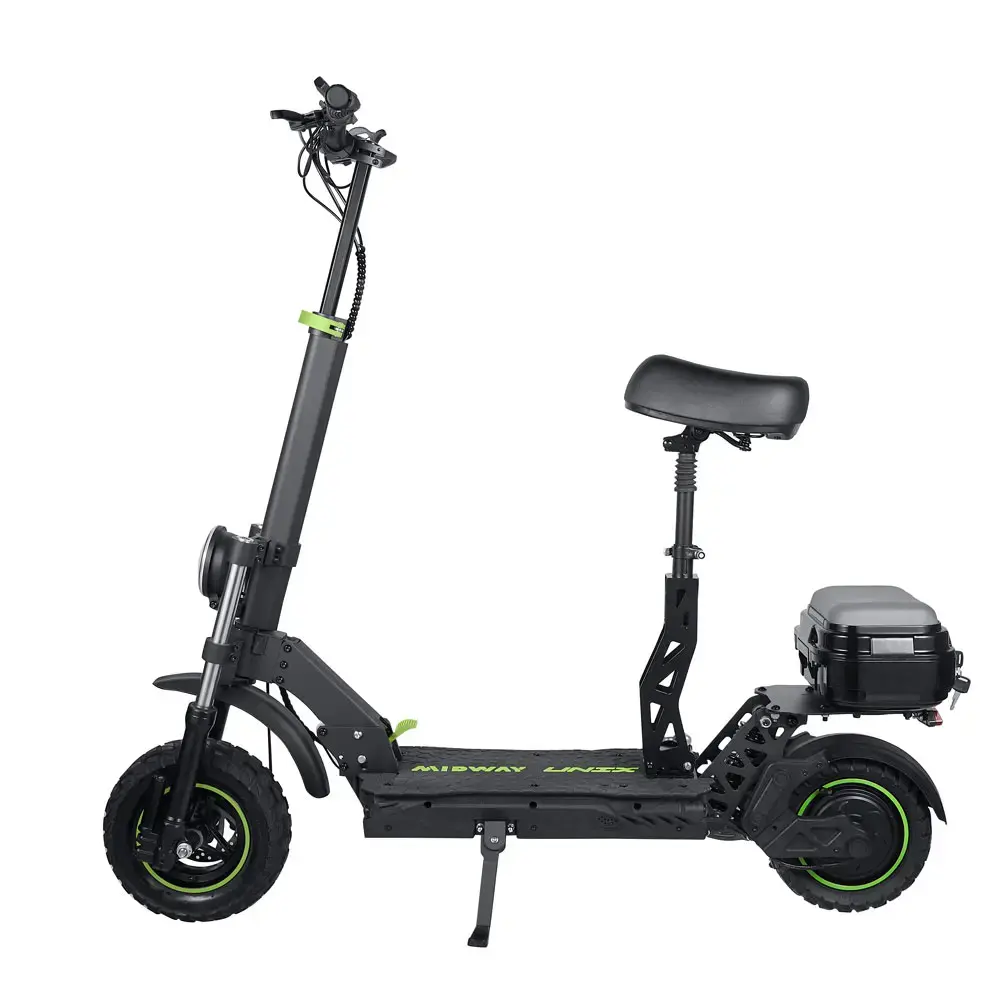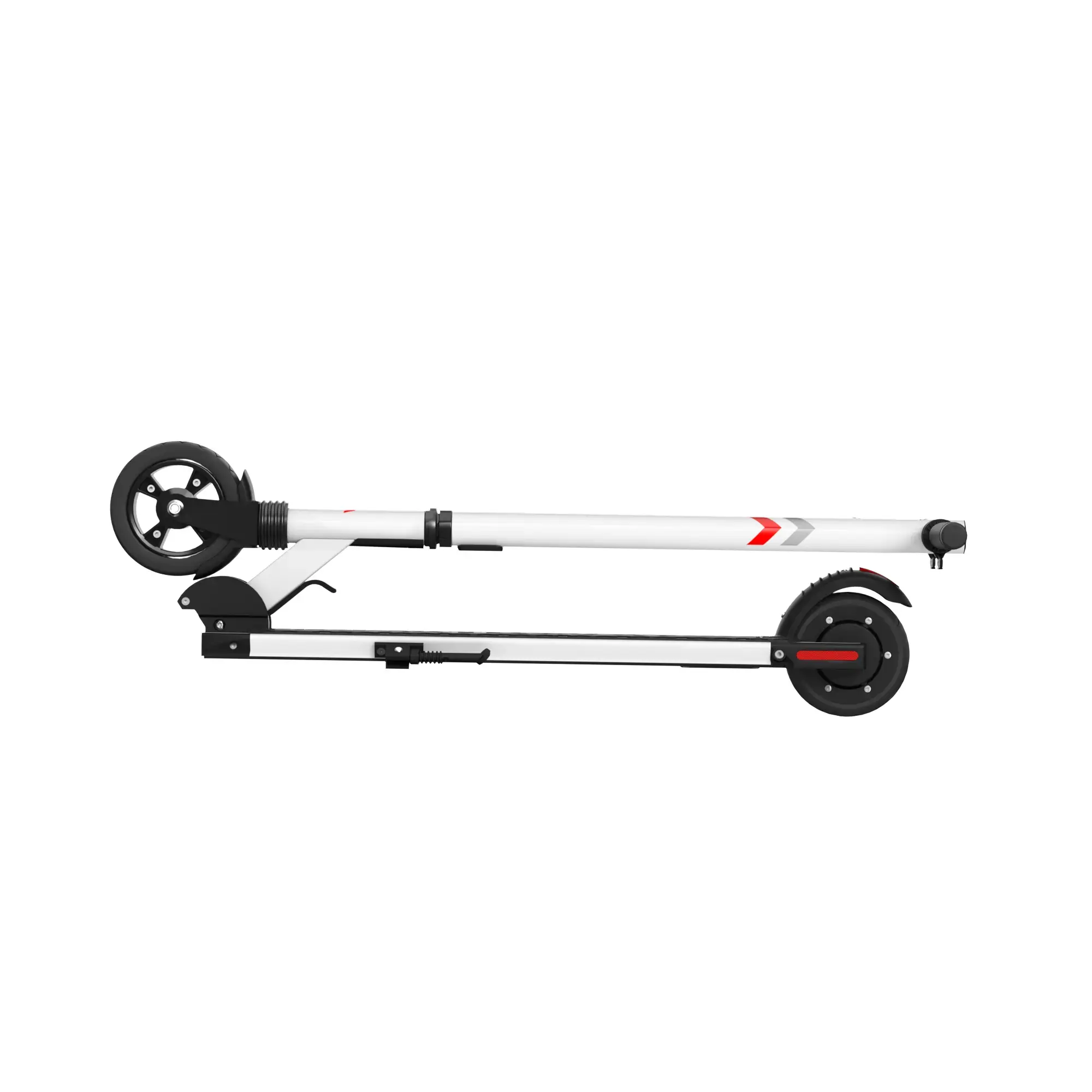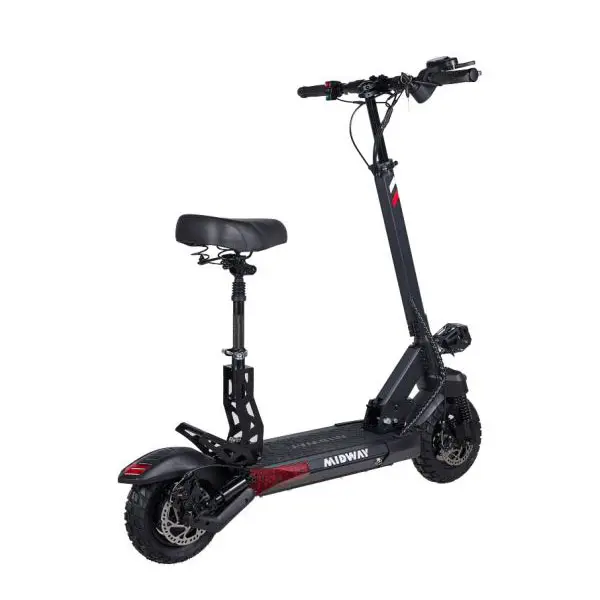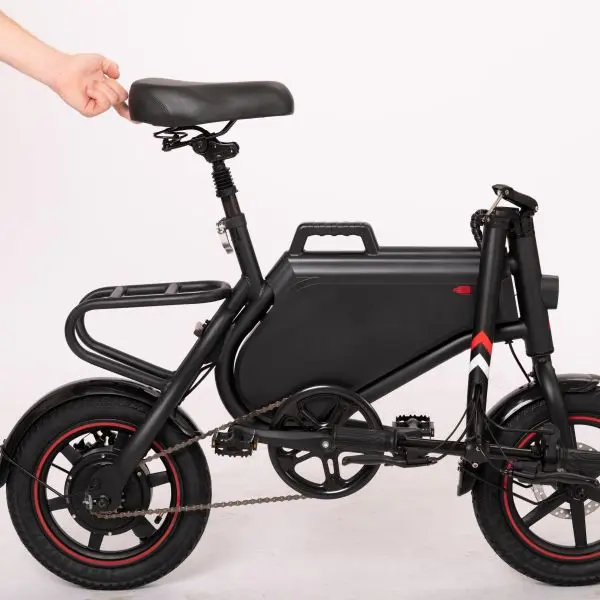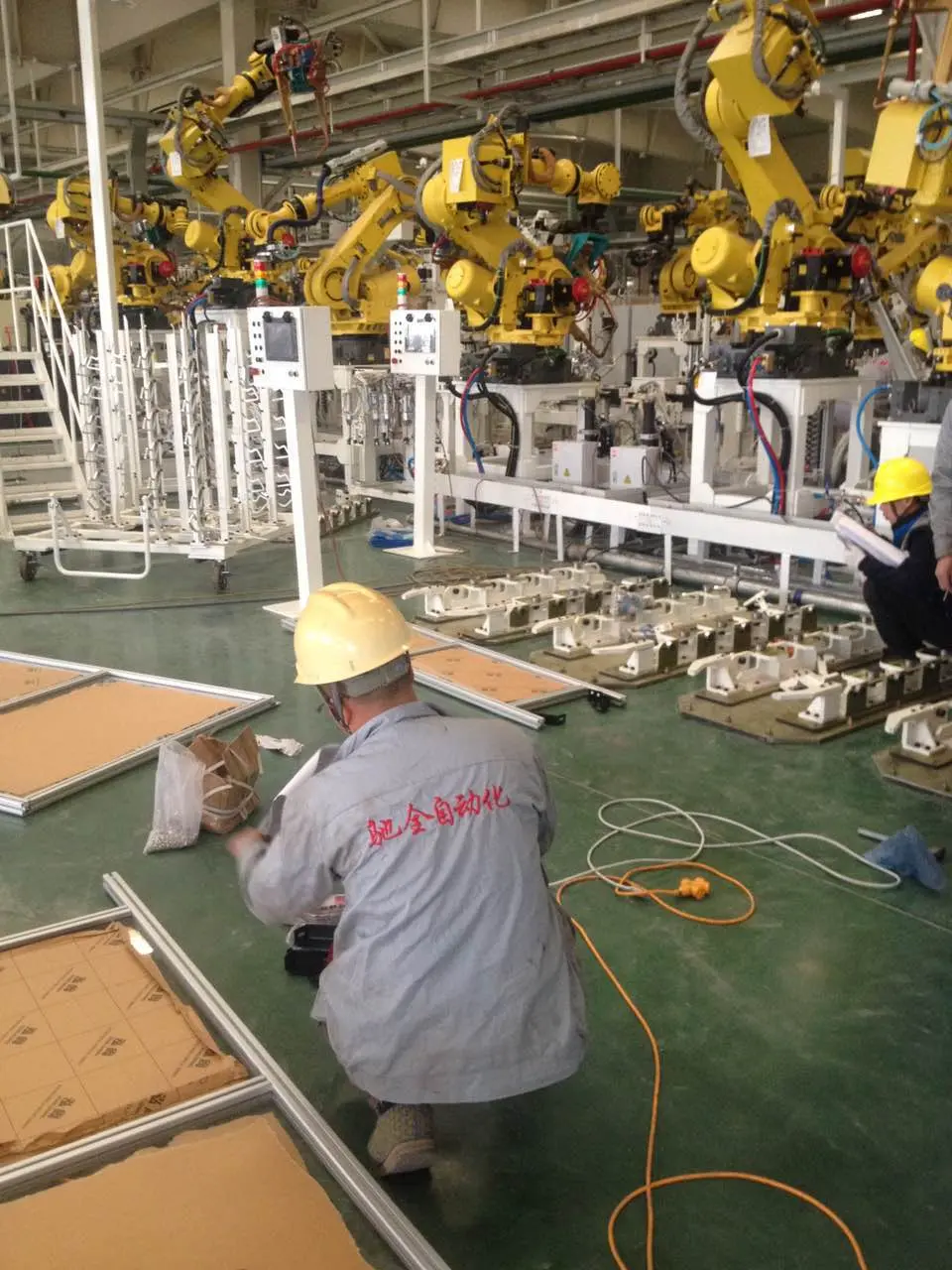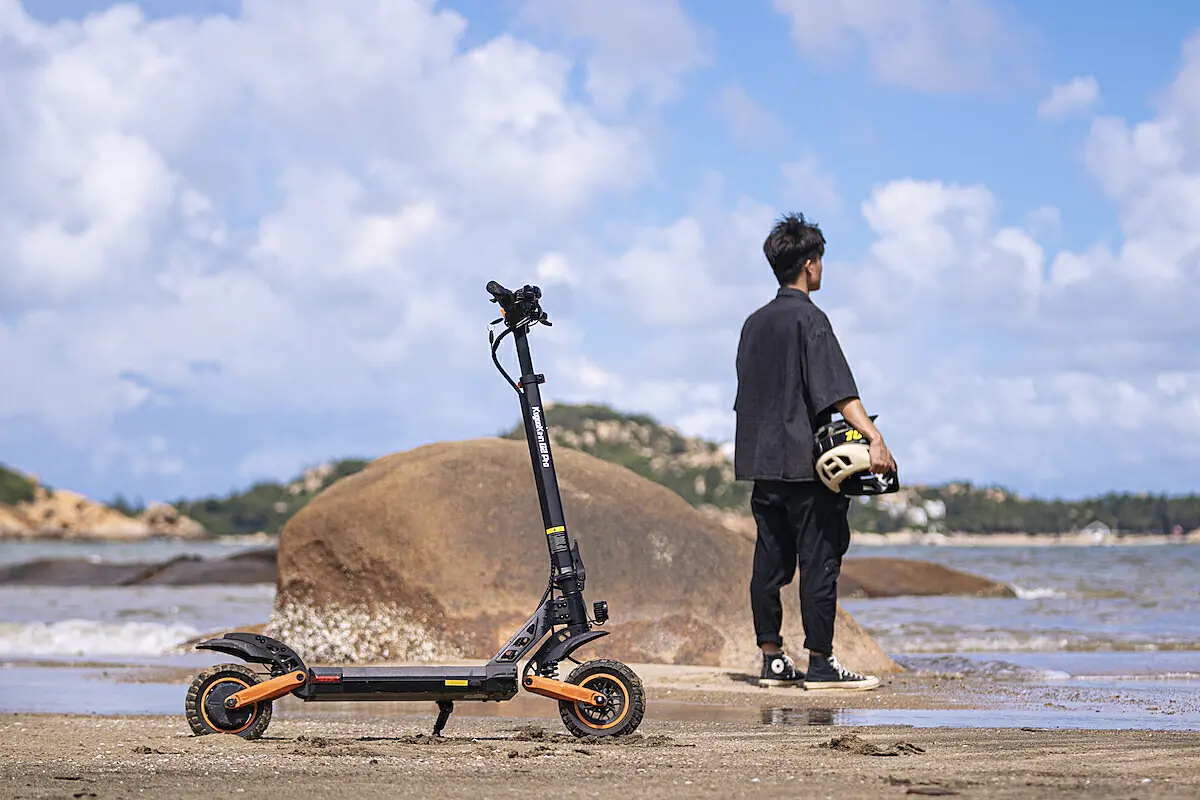How often does the test equipment for electric scooters need to be calibrated
How often does the test equipment for electric scooters need to be calibrated
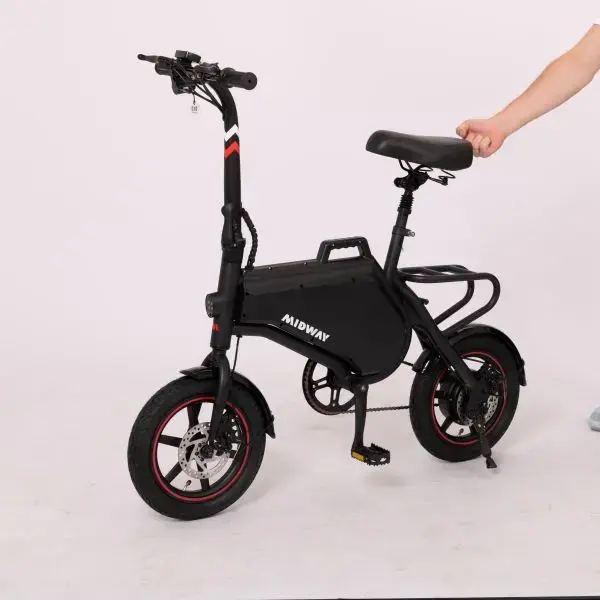
1. Calibration cycle regulations and standards
1.1 Domestic relevant regulatory requirements
At present, there are no special mandatory regulations in China for the calibration cycle of electric scooter test equipment. However, according to the requirements of GB/T 42825-2023 General Technical Specifications for Electric Scooters, the test equipment for electric scooters needs to be calibrated regularly to ensure the accuracy and reliability of the test results. Although the standard does not specify the calibration cycle, it emphasizes the importance of calibration of test equipment. It is recommended that companies refer to relevant industry standards and specifications and formulate a reasonable calibration plan based on the actual use of the equipment. For example, for some key test equipment, such as speed measuring instruments and battery performance testing equipment, it is recommended to calibrate once every 6 months to ensure that their measurement accuracy meets the standard requirements.
2. Equipment use frequency and calibration cycle
2.1 Calibration cycle of high-frequency use equipment
The calibration cycle of high-frequency use equipment is a key factor in ensuring the accuracy of electric scooter test results. According to industry experience and actual application data, the calibration cycle of high-frequency use equipment usually needs to be shorter to ensure the measurement accuracy and reliability of the equipment.
Speed measuring instrument: The speed measuring instrument is one of the key equipment in the test of electric scooters, and its measurement accuracy directly affects the speed performance evaluation of electric scooters. According to actual usage data, it is recommended to calibrate the speed measuring instrument every 3 months under high-frequency use. For example, in a certain electric scooter manufacturer, the speed measuring instrument is used for more than 8 hours a day. After 3 months of use, its measurement error will gradually increase, and the error can be controlled within ±0.5% after calibration.
Battery performance testing equipment: Battery performance testing equipment is used to evaluate the endurance and battery safety of electric scooters. Since the battery performance testing equipment will be affected by environmental factors such as temperature and humidity when used frequently, its calibration cycle should also be shortened accordingly. Generally speaking, it is recommended to calibrate once every 4 months. In the actual application of a certain testing agency, the battery performance testing equipment will increase its measured battery capacity error by about 3% after 4 months of use under high-frequency use environment, and the error can be controlled within ±2% after calibration.
Braking effect testing equipment: Braking effect testing equipment is used to measure the braking distance and braking force of electric scooters, and its accuracy is directly related to the safety of the product. For high-frequency use of brake effect test equipment, it is recommended to calibrate it every 5 months. In a certain electric scooter testing laboratory, the brake effect test equipment is used for more than 6 hours a day. After 5 months of use, the error of the measured braking distance will increase by about 2%, and the error can be controlled within ±1% after calibration.
In summary, the calibration cycle of high-frequency use equipment should be reasonably adjusted according to the actual use frequency and environmental conditions of the equipment to ensure the accuracy and reliability of the test results.
3. Equipment accuracy requirements and calibration cycle
3.1 Calibration cycle of precision test equipment
The calibration cycle of precision test equipment is the key to ensure the accuracy and quality of electric scooter testing. These devices are usually used to measure key performance indicators such as motor speed, electromagnetic compatibility, waterproof and dustproof level, etc., and their accuracy directly affects the qualified rate and safety of the product.
Motor speed test equipment: Motor speed is one of the important indicators of electric scooter performance, and its test equipment needs to have high precision. According to industry standards and actual application data, it is recommended to calibrate it every 6 months. For example, in an electric scooter manufacturing company, the motor speed test equipment will increase its measurement error by about 1% after 6 months of use under normal use, and the error can be controlled within ±0.2% after calibration.
Electromagnetic compatibility test equipment: Electromagnetic compatibility test equipment is used to evaluate the stability and safety of electric scooters in electromagnetic environments. The accuracy requirements of this type of equipment are extremely high, and it is recommended to calibrate it every 9 months. In the actual application of a certain testing agency, the electromagnetic compatibility test equipment will increase its measured electromagnetic radiation error by about 2% after 9 months of use under normal use, and the error can be controlled within ±1% after calibration.
Waterproof and dustproof test equipment: Waterproof and dustproof test equipment is used to evaluate the protection level of electric scooters, and its accuracy directly affects the environmental adaptability of the product. According to actual usage data, it is recommended to calibrate it every 12 months. For example, in an electric scooter testing laboratory, the waterproof and dustproof test equipment will increase its measured waterproof level error by about 1.5% after 12 months of use under normal use, and the error can be controlled within ±0.5% after calibration.
In summary, the calibration cycle of precision test equipment should be reasonably arranged according to the accuracy requirements of the equipment and the actual use environment to ensure the accuracy and reliability of the test results.
4. Summary
Through an in-depth study of the calibration cycle of electric scooter test equipment, combined with domestic regulations and standards, equipment use frequency, equipment accuracy requirements and other factors, the following conclusions can be drawn:
First, although there are no special mandatory regulations for the calibration cycle of electric scooter test equipment in China, the "GB/T 42825-2023 General Technical Specifications for Electric Scooters" emphasizes the importance of test equipment calibration and recommends that companies formulate reasonable calibration plans based on actual conditions, which provides a basic guideline for companies.
Second, the calibration cycle of high-frequency equipment is crucial to ensure the accuracy of test results. High-frequency equipment such as speed measuring instruments, battery performance testing equipment, and brake effect testing equipment should have a relatively short calibration cycle due to their high frequency of use and the influence of environmental factors. It is recommended to calibrate every 3 months, 4 months, and 5 months, respectively, to ensure their measurement accuracy and reliability.
Furthermore, the calibration cycle of precision test equipment is also critical. Precision equipment such as motor speed test equipment, electromagnetic compatibility test equipment, and waterproof and dustproof test equipment should be calibrated according to actual usage because of their critical measurement indicators and high precision requirements. It is recommended to calibrate every 6 months, 9 months, and 12 months to ensure test accuracy and quality.
In summary, the calibration cycle of electric scooter test equipment should comprehensively consider regulatory requirements, equipment use frequency, and precision requirements, and formulate a scientific and reasonable calibration plan to ensure the accuracy and reliability of test results and the quality and safety of electric scooters.






